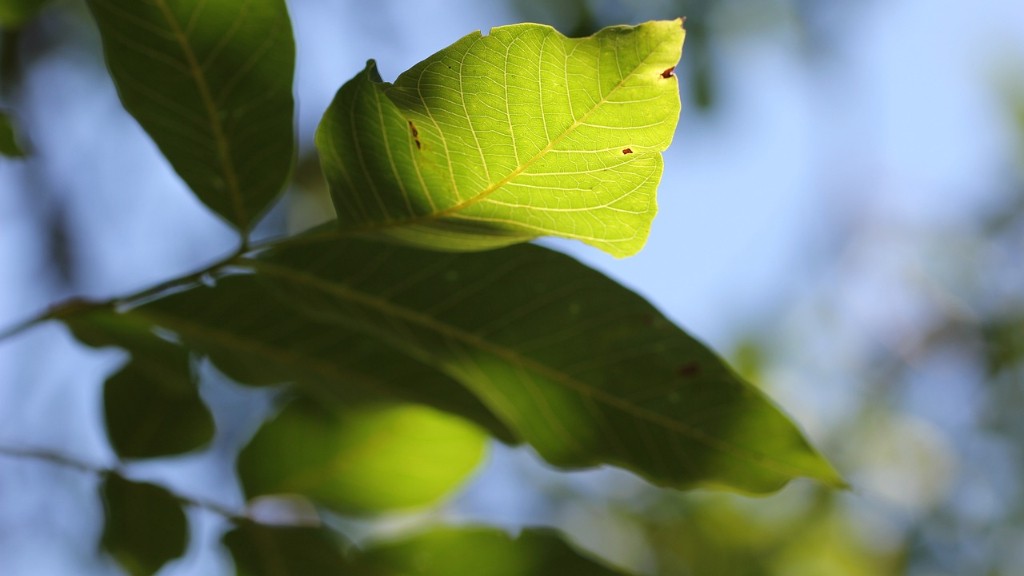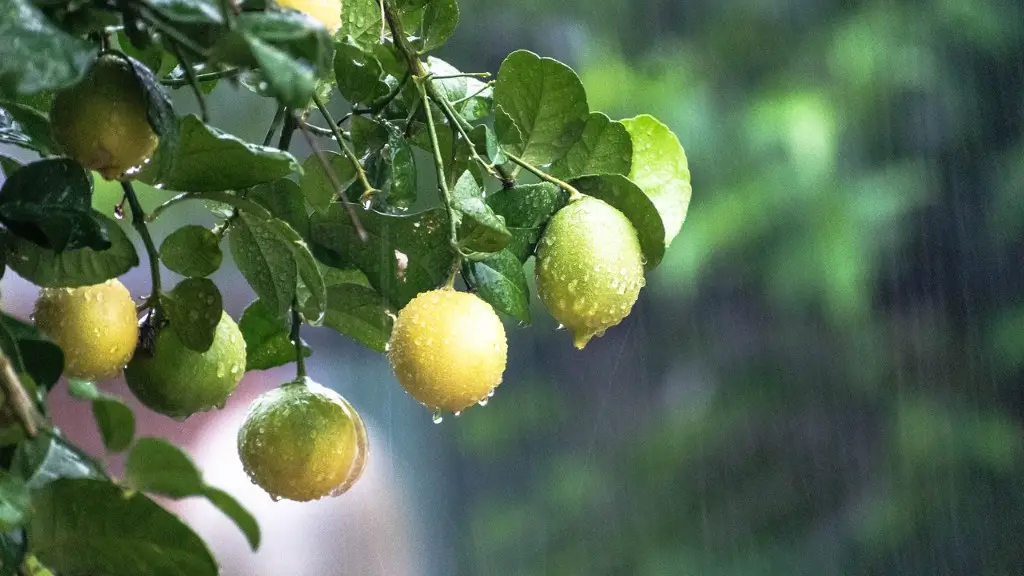Cherry blossom trees are some of the most popular flowering trees around the world, with their beautiful white and pink blooms they will often adorn city parks, decorations and gardens. But when is the best time to trim and shape a cherry blossom tree? This article will explain the best method and answer the question of when you can trim a cherry blossom tree.
The timing of trimming or pruning cherry blossom trees varies depending on the variety, the age of the tree, and the severity of the pruning needed. Generally, it is best to prune the tree just after flowering has finished and no later than mid-July – this gives the tree time to recover from pruning before the cold winter months. Young trees are more flexible and can be pruned to any shape or size, but for an older tree, pruning should be done more carefully and gently.
When you are ready to start pruning, begin by removing any dead, diseased or damaged branches. Pruning is done to improve air circulation, reduce excessive shading, and balance the overall shape of the tree. When pruning is done incorrectly, it can cause a decrease in flowering and also damage the tree. It is best to remove only one-third of the tree’s branches when pruning. Have a plan of where you want to cut and make sure not to cut too much, this can damage the tree or even kill it. Make sure to use sharp and clean tools, such as hand-held pruning shears when cutting branches to avoid damage to the bark.
To stimulate flowering on a cherry blossom tree, you can use a technique called ‘tip-pruning’. This involves pruning off about 2 to 3 inches of the tips of the main branches of a tree. This will remove any flowers that may have already bloomed and stimulate the development of more flowers. This should be done in mid- to late-June. This helps encourage new growth but the practice should not be used frequently.
Mulching Cherry Blossom Trees
Mulching is an essential part of maintenance for cherry blossom trees as it helps keep moisture in the soil and reduces the risk of disease. Mulch should be spread around the base of the tree, making sure not to mound it up against the trunk. Mulch helps to insulate the roots from the winter cold and during the summer heat. A decorative layer around the base of the tree can also help to keep weeds away so that your cherry blossom tree can grow without competition.
Fertilizing Cherry Blossom Trees
Fertilizer should be applied to the cherry blossom tree once in the springtime, about 2-4 weeks after pruning. A slow-release, granular fertilizer is best to use. This will provide the tree with the necessary nutrients it needs to thrive and flower abundantly throughout the season. Additionally, all leaves should be raked off and disposed of in the falltime to prevent disease.
Watering Cherry Blossom Trees
During the drought season, cherry blossom trees need to be adequately watered. Garden hoses, soaker hoses, and sprinklers are all suitable options for providing your tree with adequate water. Give the cherry blossom tree about 2” to 3” of water per week. Make sure to not water too often or too much, as this can result in root rot and other issues.
Conclusion
Though cherry blossom trees are a beloved sight to behold, they must be taken care of if they’re going to survive and thrive. Pruning must be done carefully and with a plan in mind, making sure to take off no more than one-third of the tree’s branches at a time. Mulching and fertilizer should also be applied to the tree regularly, as well as water during the drought season. If these tasks are done properly and regularly, then the cherry blossom tree is sure to put on a spectacular show in years to come.

